-
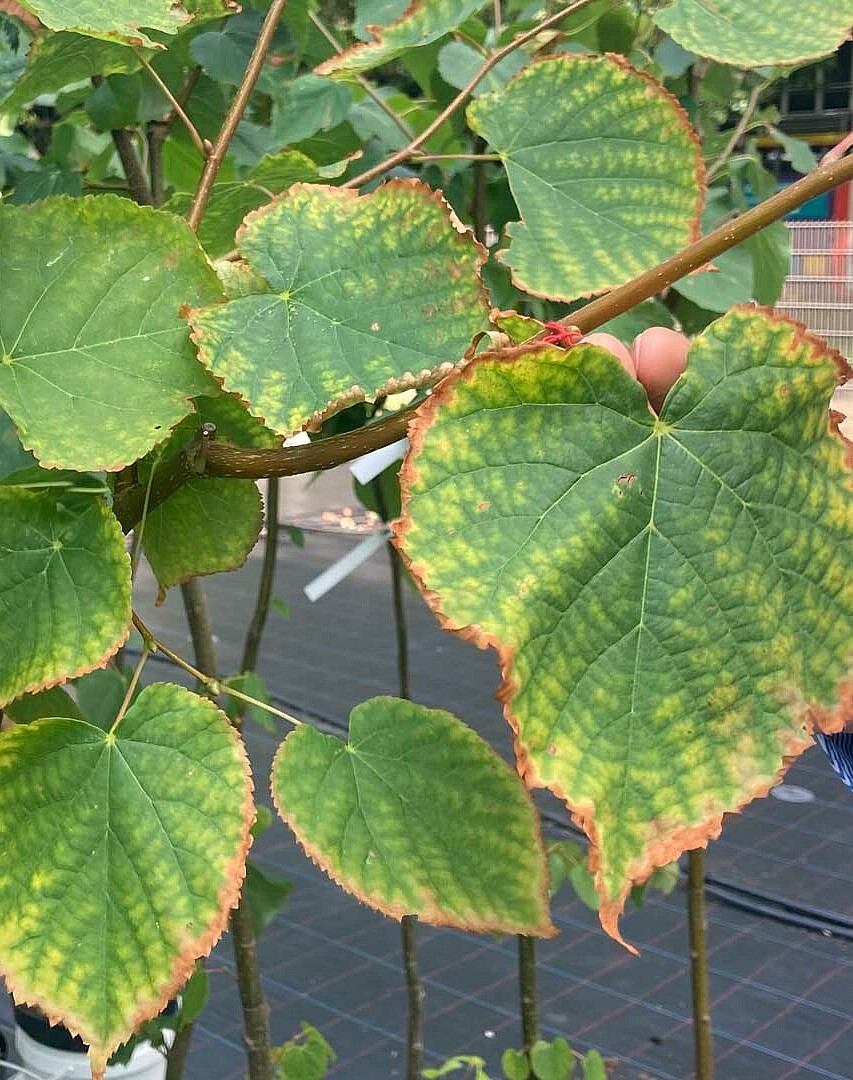
© vdo
10.08.2023“The trees in the city have a lot to put up with”
Drought and other stress factors such as de-icing salts are causing problems for the trees in Berlin. More than half of the approximately 430,000 street trees in Berlin have already been damaged. This applies above all to Berlin urban tree classics such as lime and maple. Prof. Dr. Claus Bull and Dipl.-Ing. Dirk Jäger and students from the Horticultural Phytotechnology course at the Berliner Hochschule für Technik are investigating what street trees need to survive and how they can be effectively revitalised.
The edge of the lime leaf that Prof. Dr. Claus Bull is holding in his hand is brown and dry. Towards the inside it is yellowish discoloured, in the middle area still green. “The yellow area is what is known as chlorosis. Photosynthesis no longer takes place there due to disease. The cells die. Necrotic, i.e. dead tissue, develops. We see that on the edges.” Claus Bull is Professor of Horticultural Plant Production and Marketing at the Horticultural Phytotechnology program of the Berliner Hochschule für Technik (BHT). The scientist also heads the laboratory greenhouse at the university. Here, students learn and do research, for example, under which conditions crops such as tomatoes thrive sustainably, how nutrient cycles can be set up in a resource-saving manner, or they observe and investigate how LED lighting affects the growth and nutrient content of vegetables.
The vitalisation of urban trees is another topic that Claus Bull is investigating with his colleague Dirk Jäger as part of the courses: Behind the greenhouse on the grounds of the BHT in Berlin-Wedding, young winter lime trees are lined up in test blocks. Some have damaged leaves, while others grow green and healthy. What they all have in common is: They are supplied with water and nutrients in a controlled manner via thin white pipes. Some are given de-icing salt, which is also spread on Berlin’s streets in winter to reduce the risk of slipping.
More than half of Berlin’s street trees are damaged
Above all, lime and maple, the most common street trees in Berlin, absorb the de-icing salt through their roots and store it. “In the summer months, especially when it is very dry, this leads to necrotic damage. The trees suffer and shed their leaves prematurely,” explains Claus Bull. “It’s a little like us humans: If we eat a lot of pretzel sticks but don’t drink anything with them, we don’t feel well either.”
The approximately 430,000 Berlin street trees perform an important task in the city as natural air conditioning: They provide shade, filter the air, produce oxygen, keep the water in the spaces between the roots – and ensure that we also feel comfortable in large avenues such as Unter den Linden and on otherwise concrete squares. But the side effects of climate change, such as droughts and heavy rain, and everyday city stress, such as high levels of radiation, air pollution, dog urine, soil sealing or de-icing salts, cause problems for the trees. According to the Berlin street tree status report from 2020 (German only), more than half of all street trees in the city are now slightly or severely damaged. The trees studied were lime, maple, horse chestnut and sycamore, which together make up more than three quarters of the tree population in Berlin’s city centre. “The trees in the city have a lot to put up with” They are our service providers,” says Claus Bull.
In order to find out how much water and nutrients urban trees need to be supplied with during a vegetation period so that they can continue to live well despite de-icing salts, Claus Bull and Dirk Jäger carried out the “Fertilisation and Irrigation of Berlin Street Trees” (DuBeBa) project in 2016. On the Hohenzollerndamm, Norway maple trees were fed a nutrient solution containing potassium and magnesium from May to September via drip hoses laid beneath the turf. A comparison group of trees was not supplied. The amount of liquid supplied was calculated using up-to-date data from the weather station on the BHT campus. The pleasing result: “By means of targeted fertilisation and irrigation, we were able to reduce the necrosis on the leaves of the trees by a third and therefore demonstrably vitalise the trees,” explains Dirk Jäger. “That was an incentive for us to keep going.”
Research objective: to keep the trees healthy in the long term
Since then, students have been investigating how urban trees react to changing environmental conditions under laboratory conditions in the BHT greenhouse as part of courses and bachelor theses. The tree for the test is the small-leaved lime – one of the oldest Berlin city trees. In order to keep measurement errors as low as possible, the scientists use genetically identical tree clones that were propagated using cuttings. “We want to understand what actually happens in the plant when we add ballast salts such as sodium chloride – also in combination with potassium. How much water and nutrients does it need to be supplied with in order to remain vitalised?” says Dirk Jäger. “It is also exciting for us to find genetic variations that make the trees tolerant to certain pollutants or make them better able to withstand periods of drought. Our goal is to prevent damage to the trees in the long term.” Street tree species that are also planted in Berlin, such as sycamores or robinia, which is considered invasive, are more resistant to environmental influences such as de-icing salt. However, they bring other disadvantages, including diseases and pests. “Sycamores, for example, protrude heavily into the light profile of the streets and have an enormous amount of leaf fall,” explains Claus Bull. “Fungal diseases are also very difficult for them to cope with.”
Berlin has several thousand outdoor laboratories
Berlin offers an ideal research environment for Claus Bull, Dirk Jäger and the entire laboratory team in the greenhouse of the Horticultural Phytotechnology course. “The city is big. With the many green spaces, parks and large main roads, we find the entire spectrum of site conditions for street trees here,” says Claus Bull and adds, “The initial genetic situation in Berlin is also excellent for our research – we have several thousand outdoor laboratories right on our doorstep.”
The two researchers do not assume that the results of their urban tree research will improve the situation of Berlin’s urban trees in the short term. However, it is much more important to prioritise the topic of urban tree fertilisation and irrigation in the city, as Claus Bull emphasises. “This also requires politically correct decisions, for example in questions of urban planning and the provision of funds for the green space authorities. In order to improve the living conditions of trees in Berlin’s green spaces and along the streets, the team is in contact with the Berlin Rainwater Agency, which advises and supports administrations, housing companies and property owners in using rainwater as a resource for the city. The course is also closely networked with the Berlin tree nursery sector. Above all, however, Claus Bull, Dirk Jäger and their colleagues want to sensitise students to the increasing stress that street trees in the city are exposed to. “We want to encourage critical thinking,” says Claus Bull. “The students should learn to question processes and to consider how the scarce resource of water in a city like Berlin can be grouped or used in other ways – in order to derive clever solutions from it later.” (vdo)
Further information
- Phytotechnology in Horticulture (B. Sc. at the BHT)
- Facts and figures on Berlin’s urban trees (Senate Department for Mobility, Transport, Climate Protection and the Environment), German only
- Donations for city trees: Urban tree campaign of the Senate Department for Mobility, Transport, Climate Protection and Environment, German only
- Initiative “Gieß den Kiez” (“Water the neighbourhood”), German only
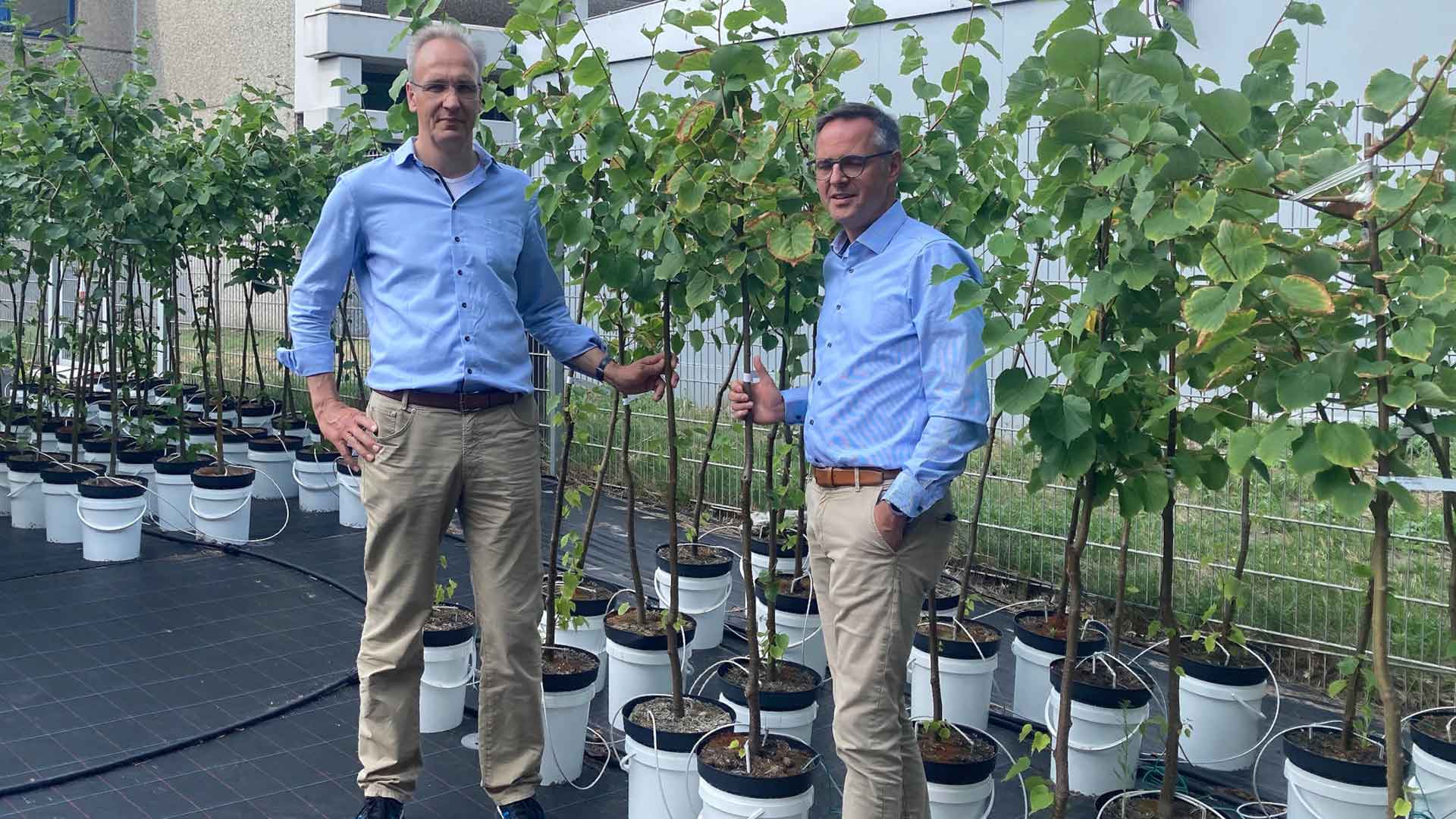
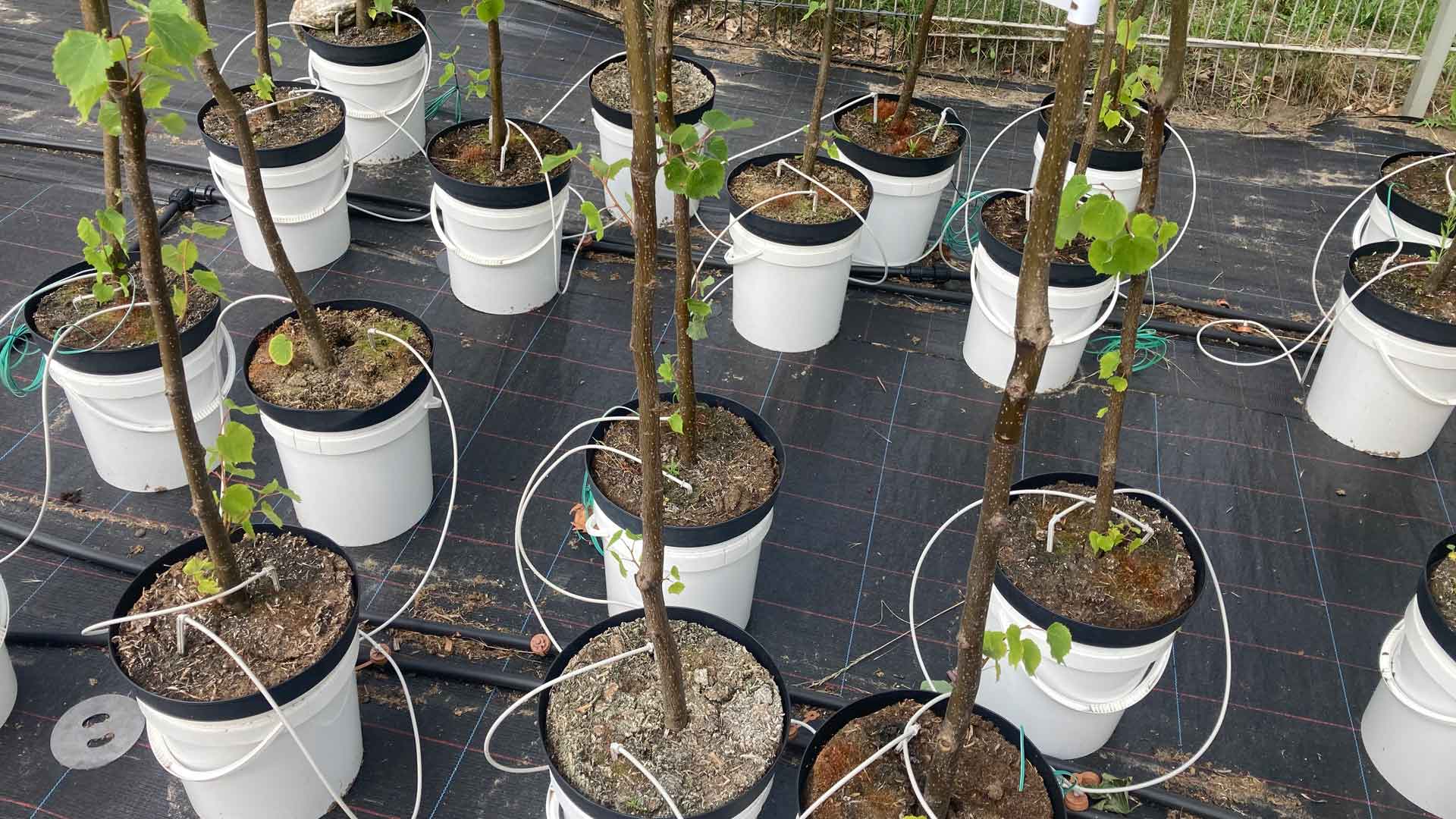
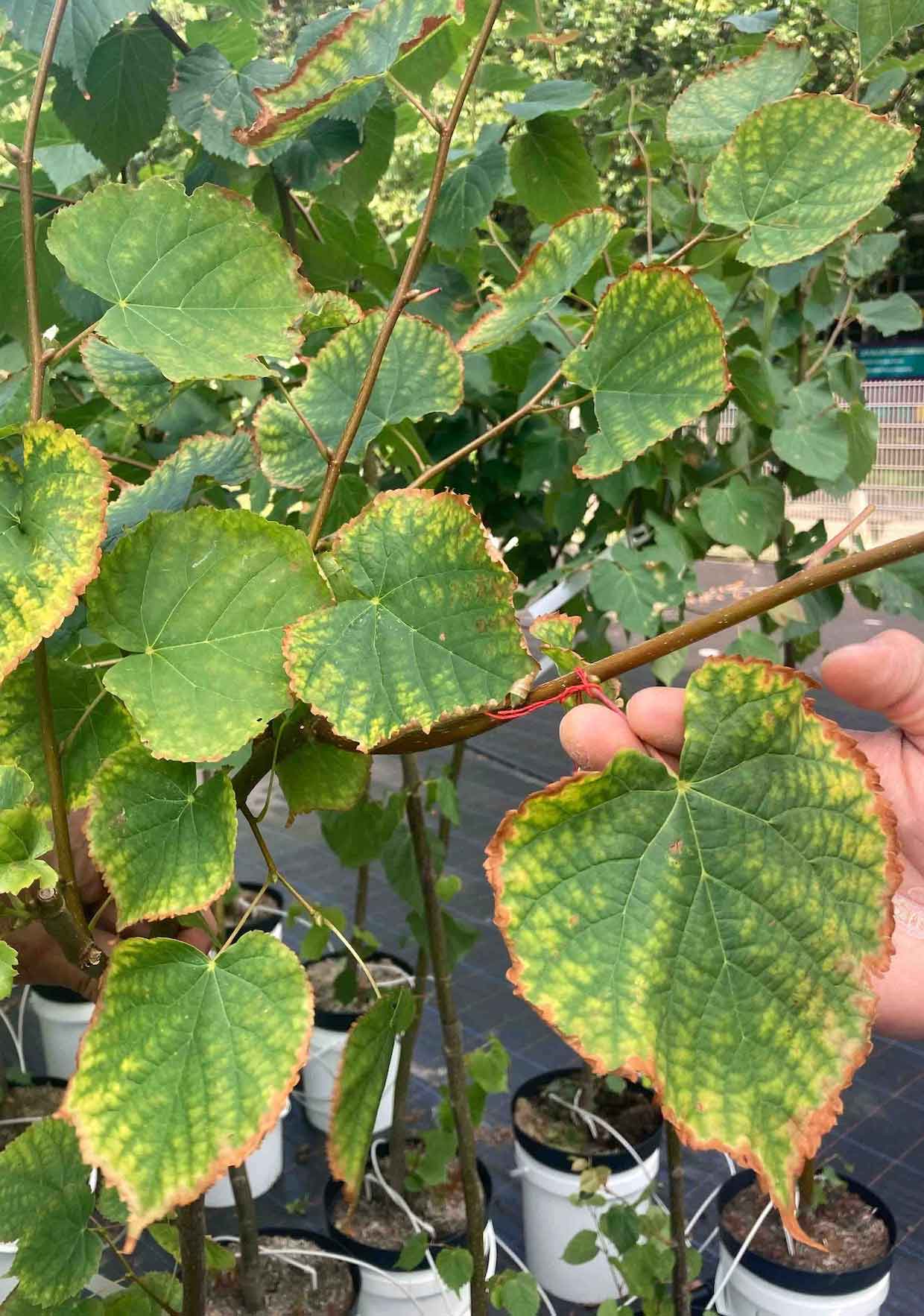

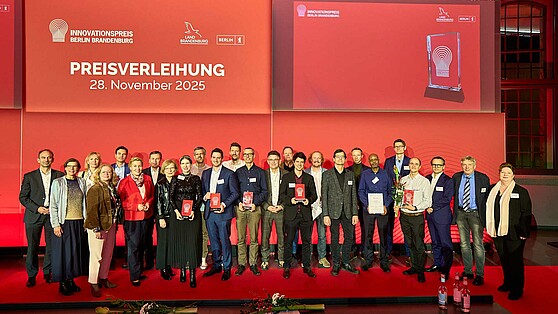
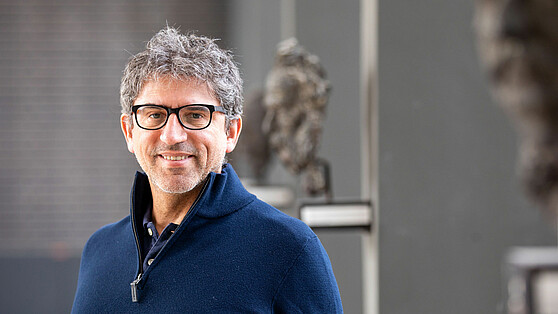
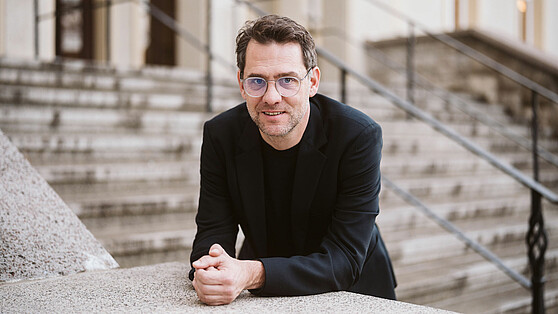
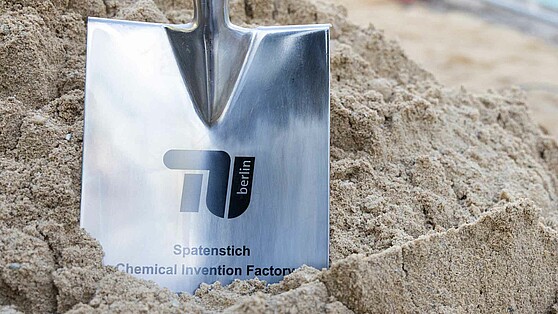
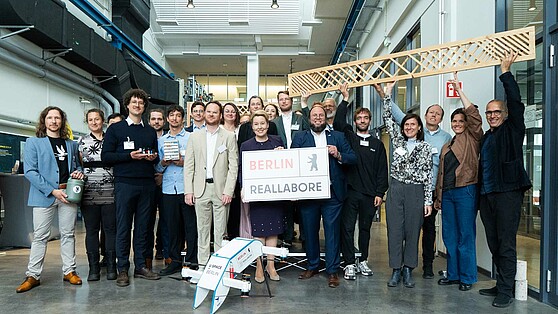
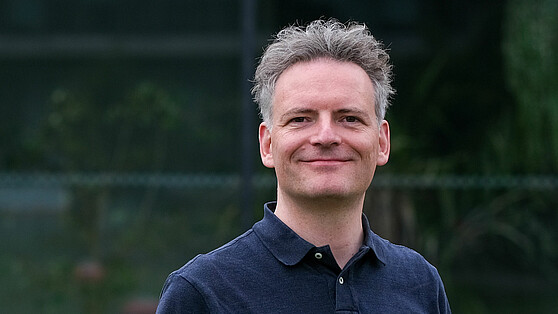

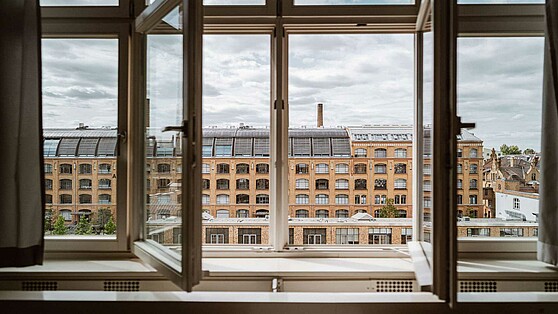

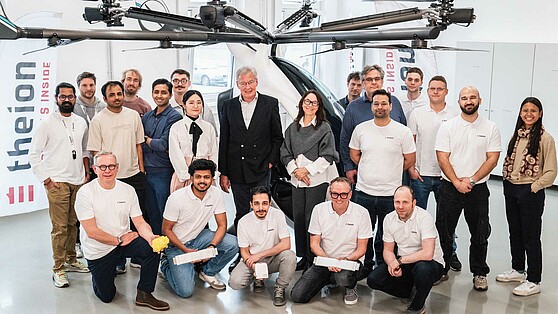
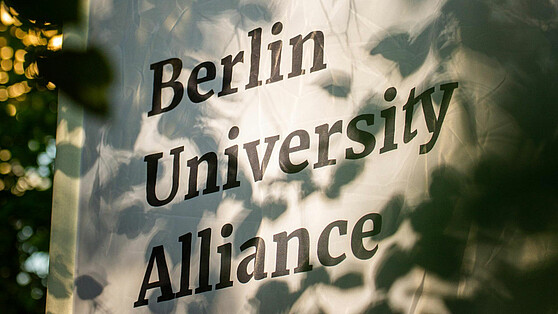
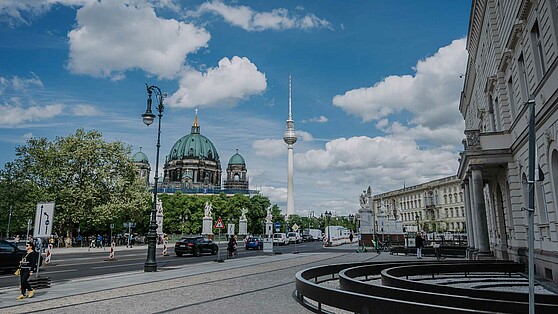
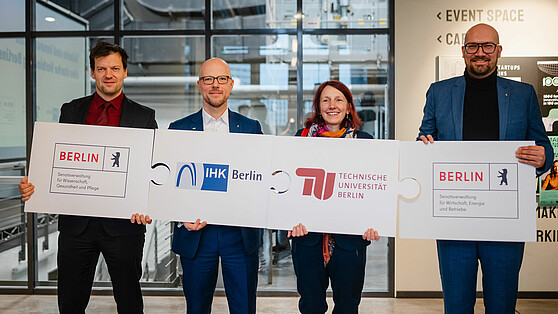

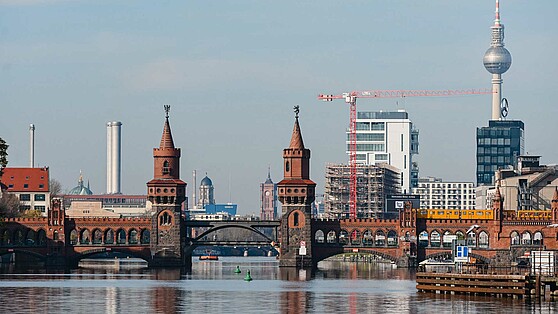
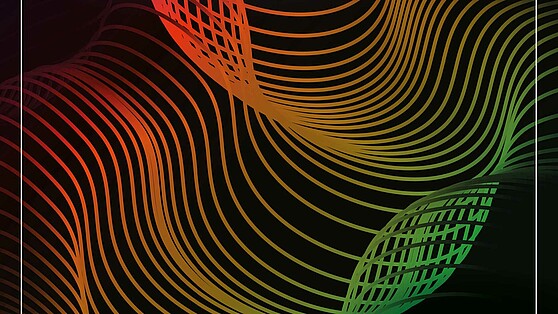
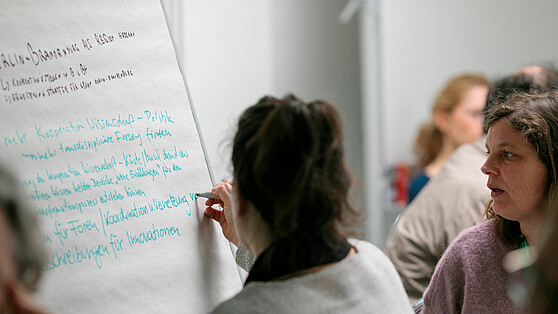
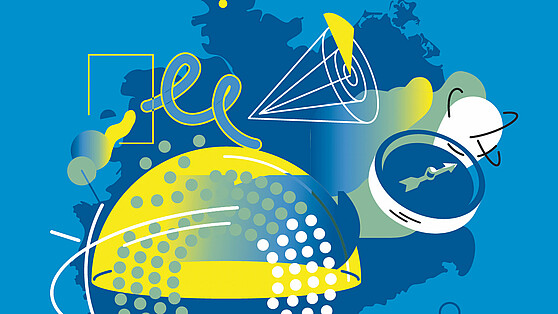
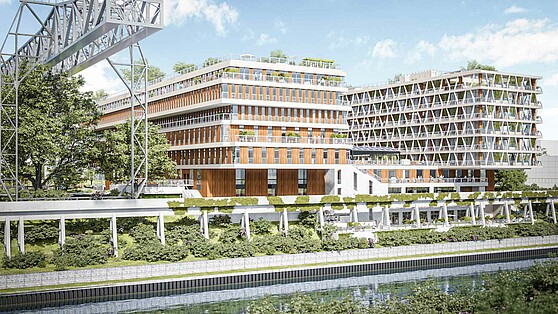
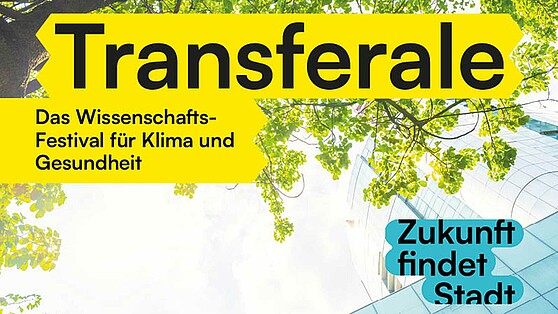
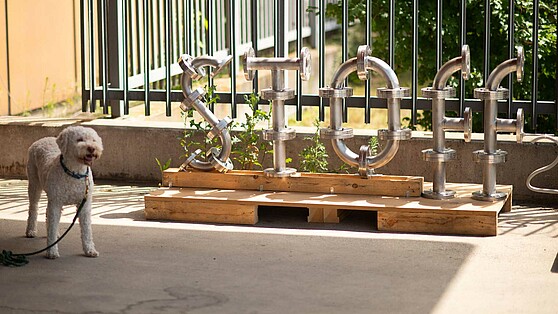
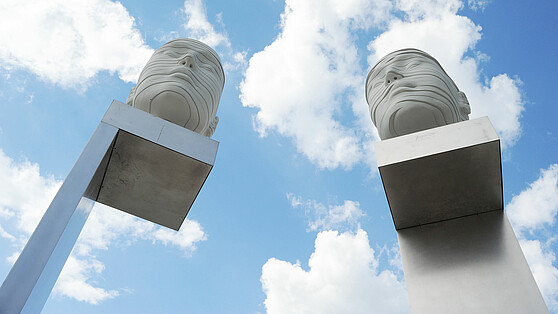

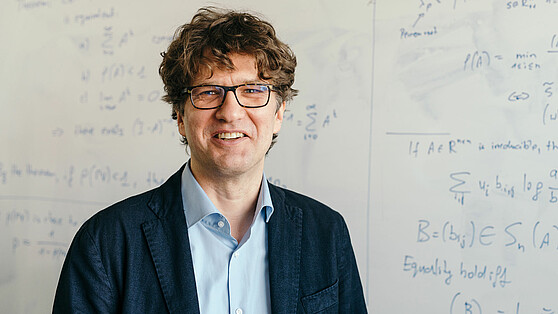


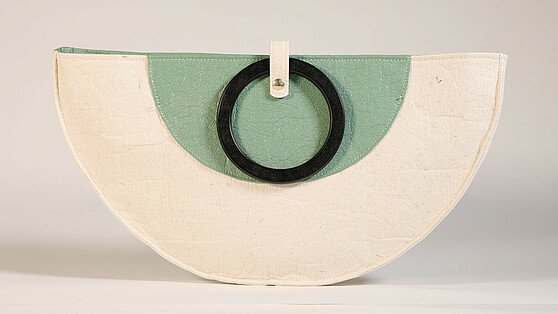
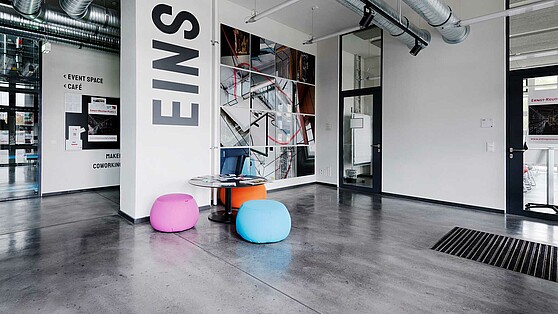
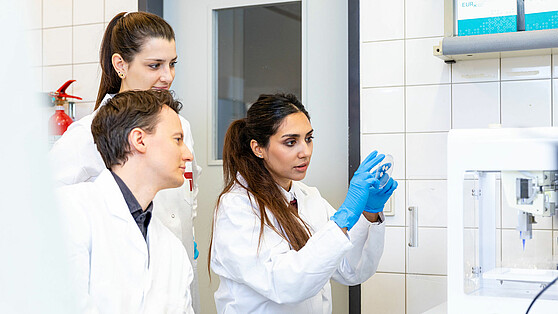


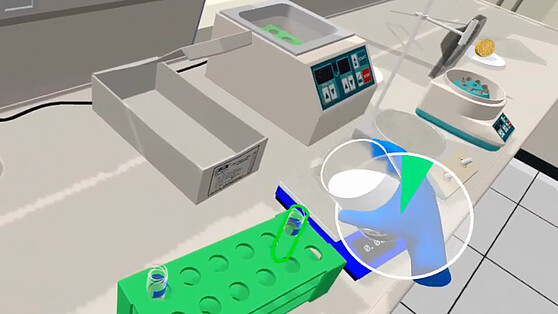
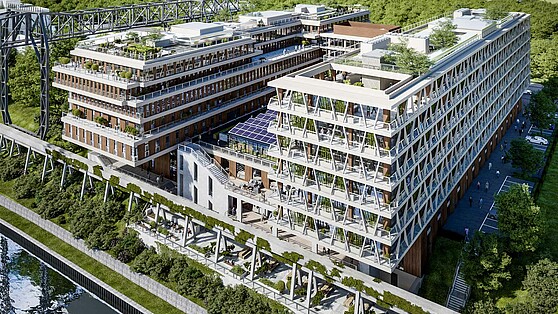
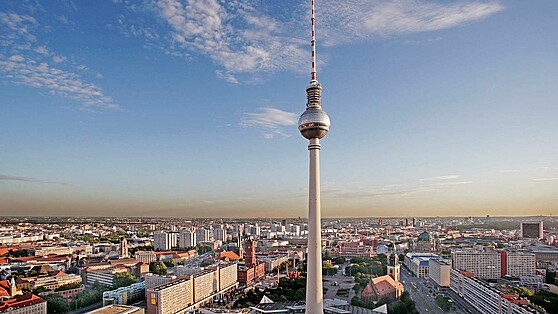
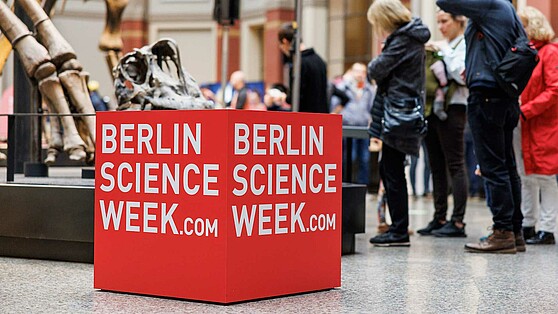
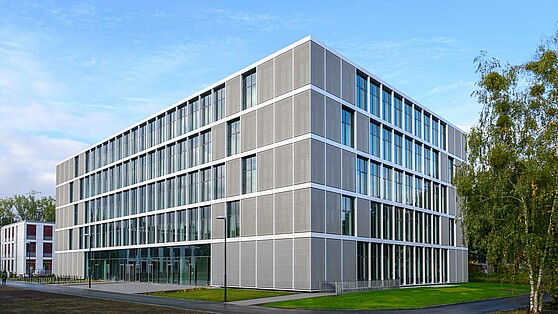
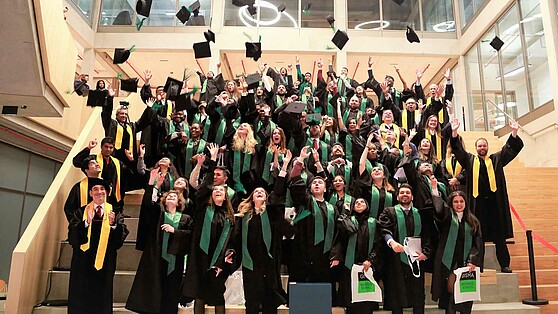
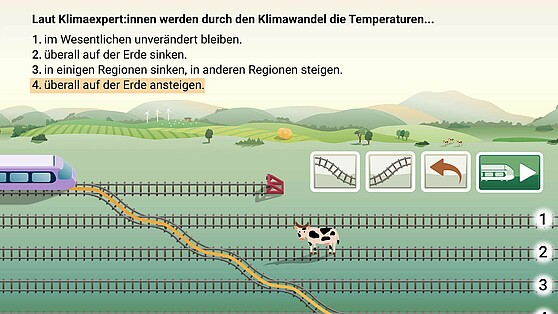
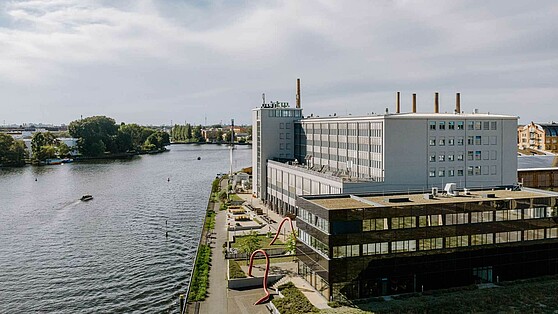
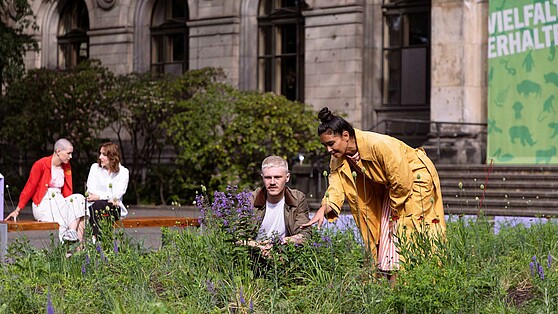
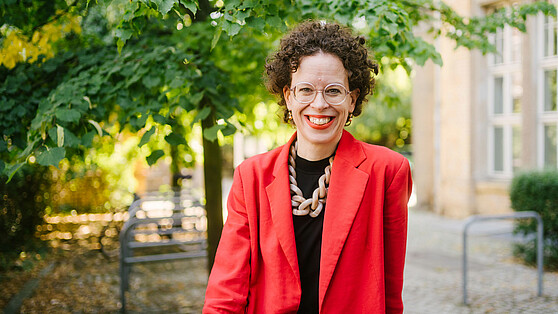
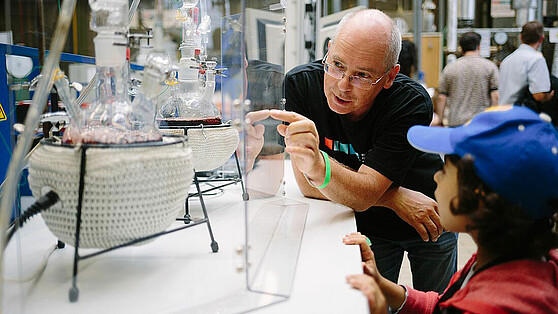

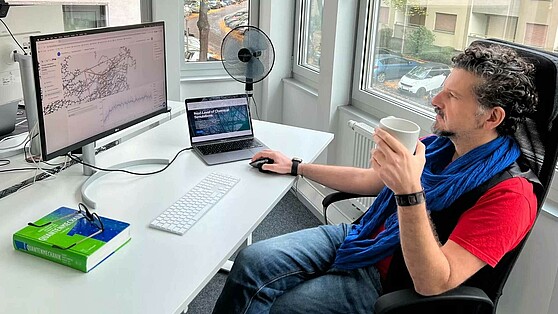
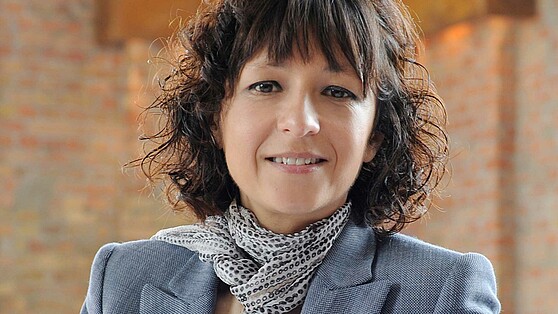
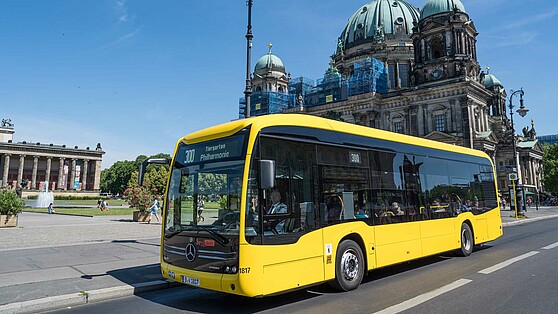
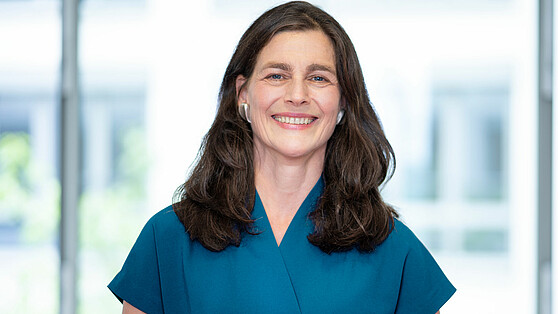
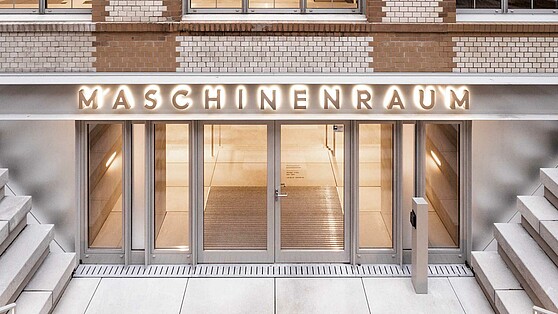
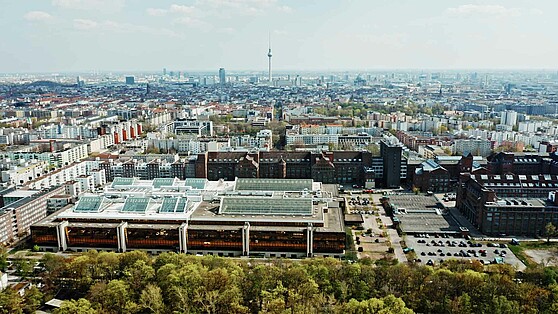
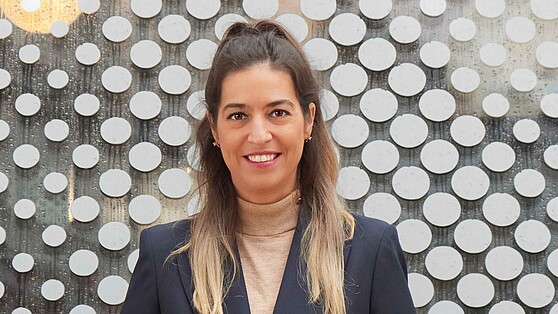
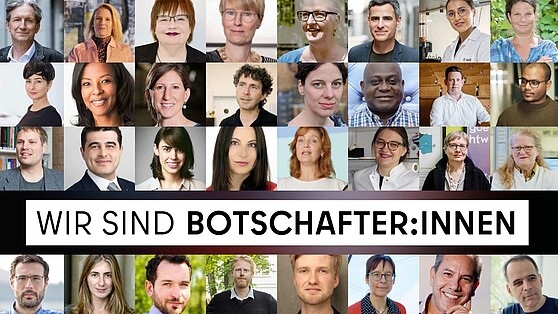
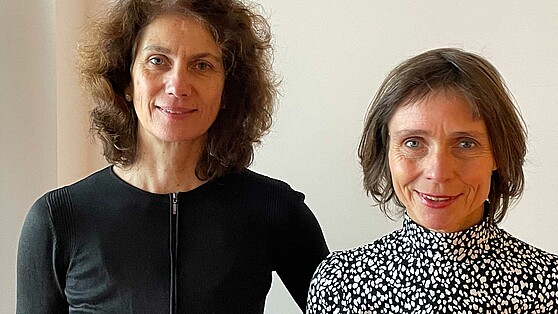

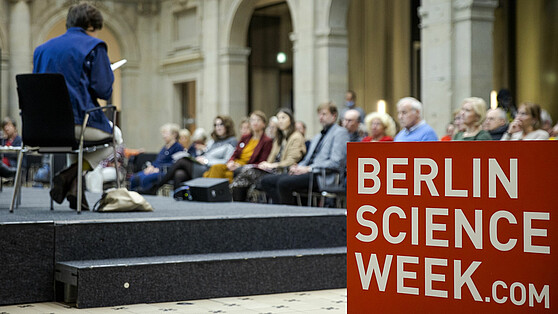

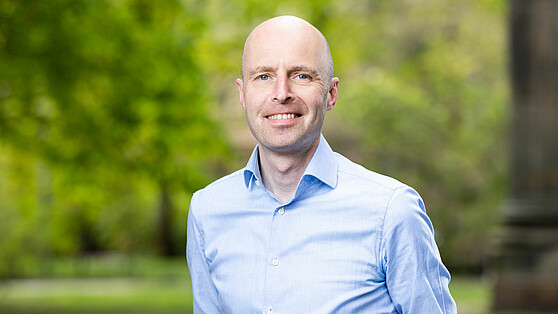
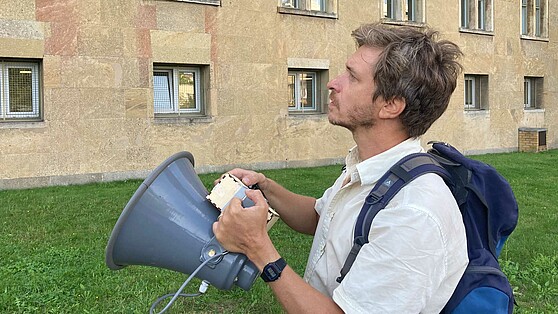

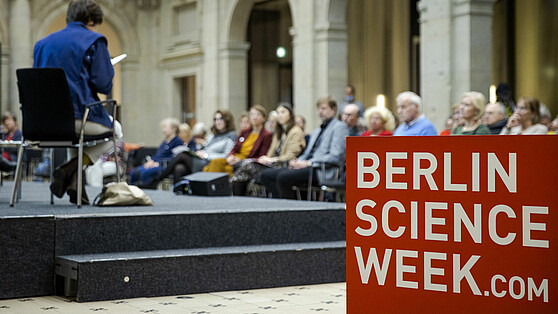
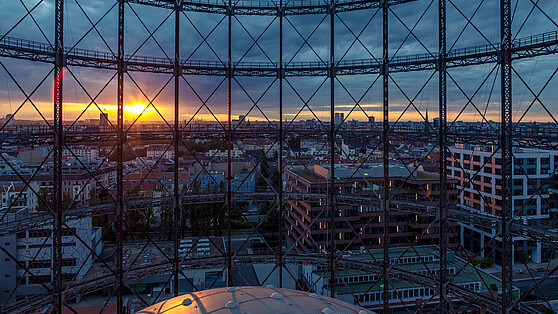


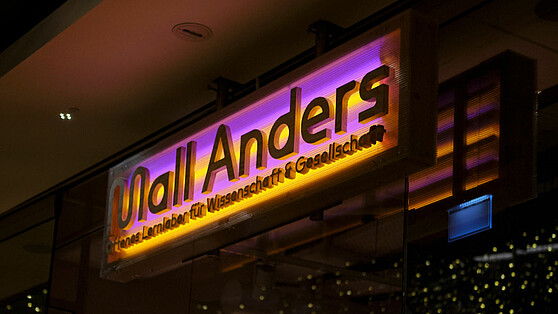
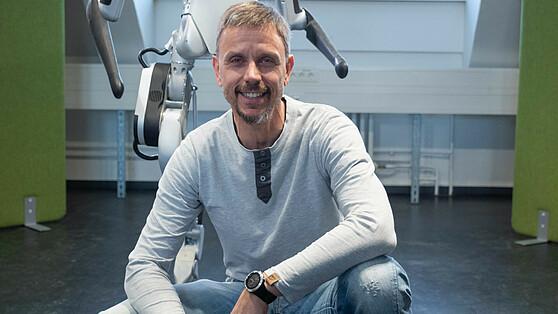
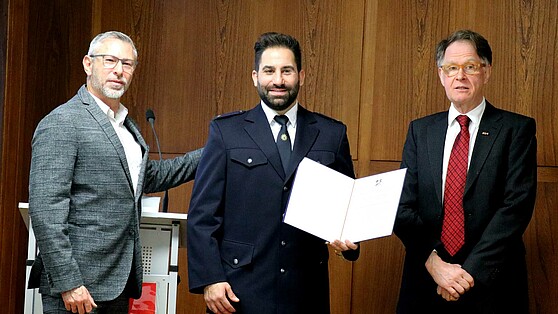
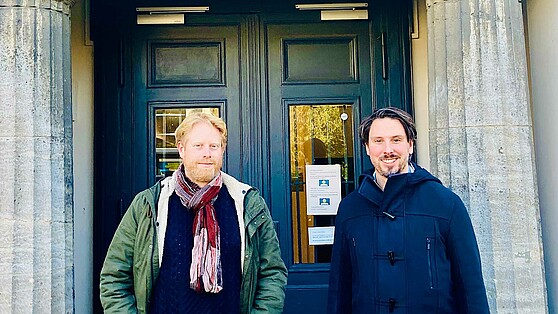

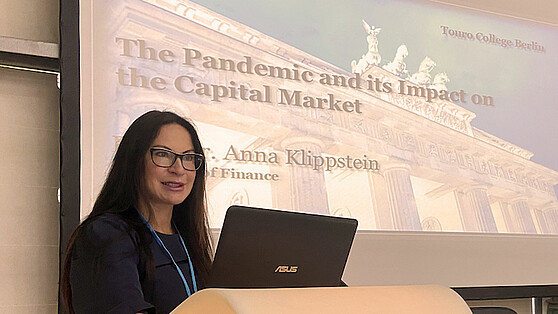
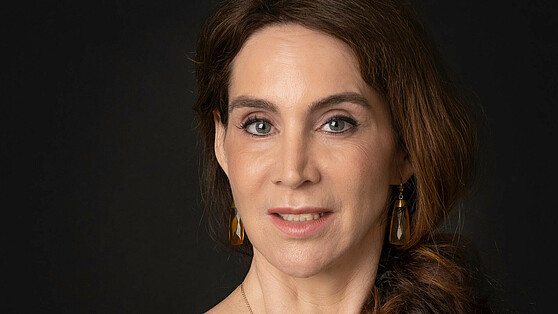


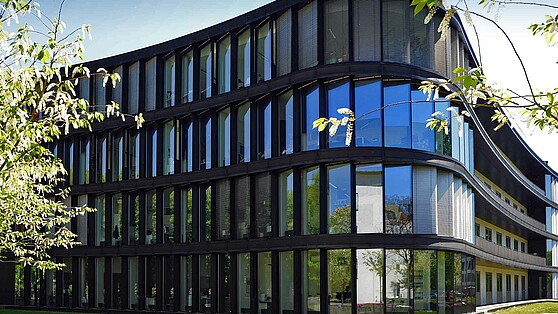

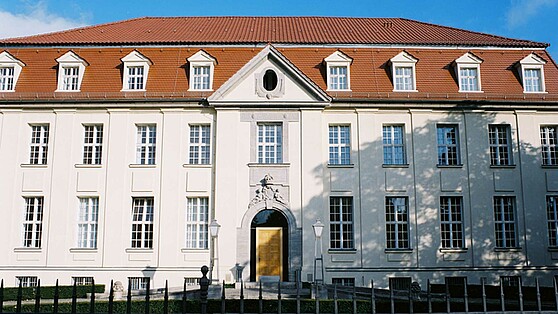
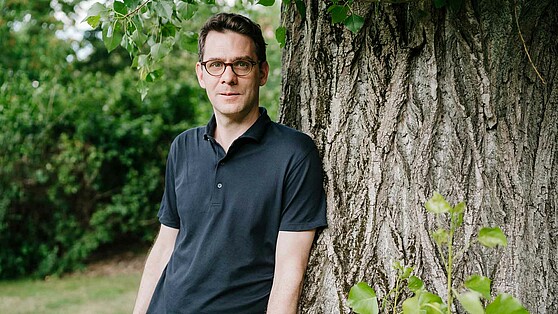
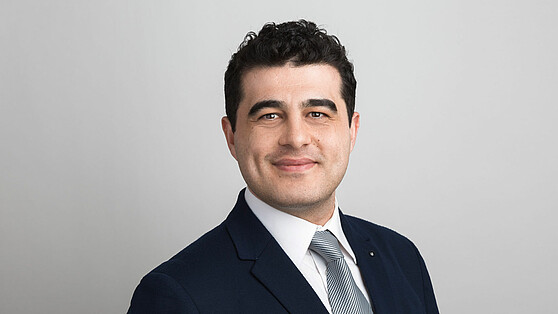
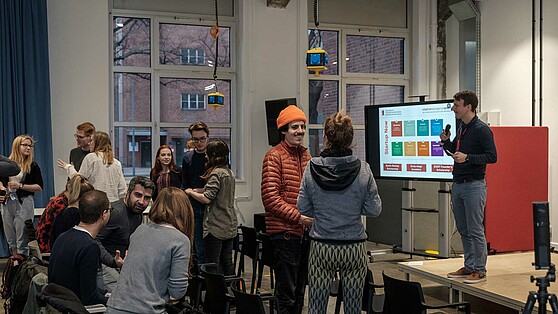

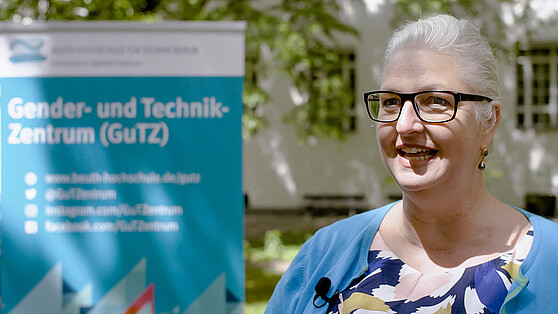

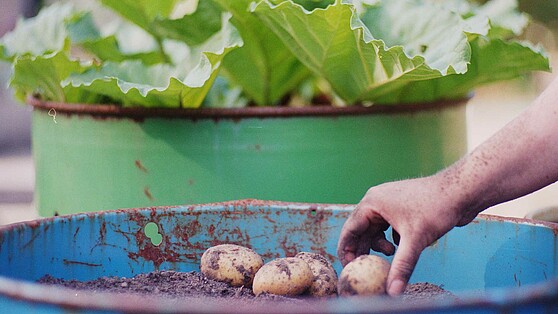
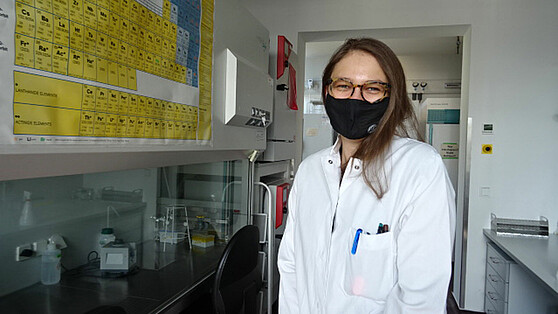



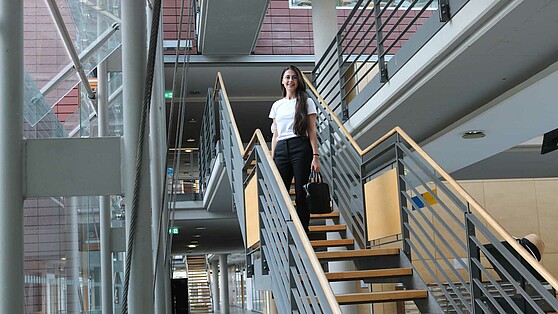
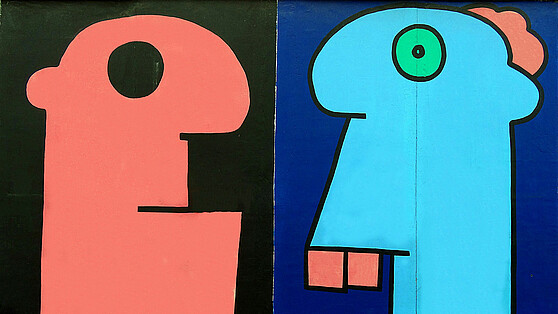


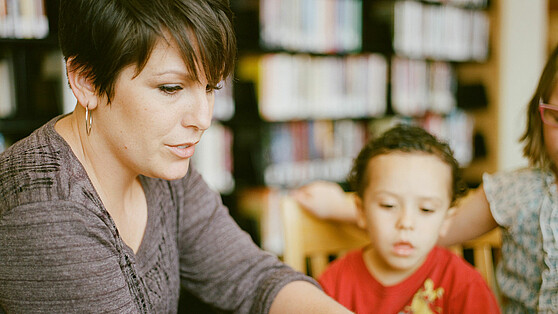
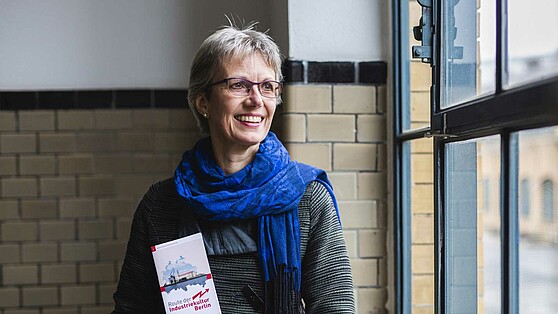
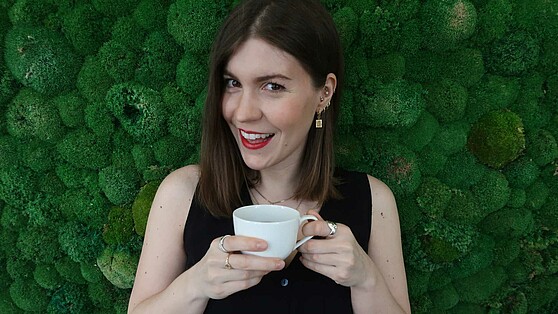
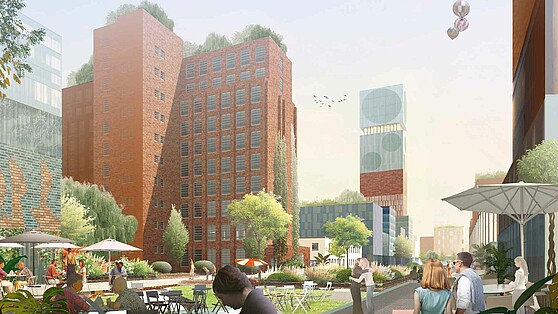
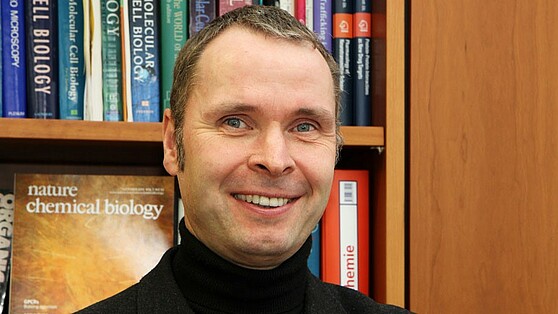


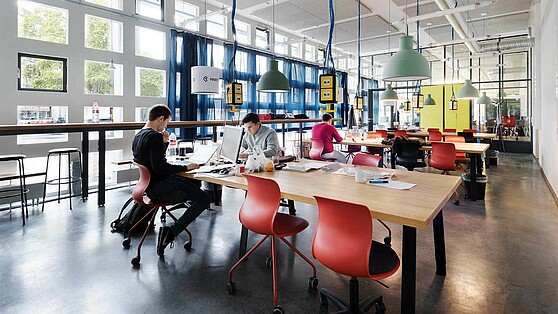
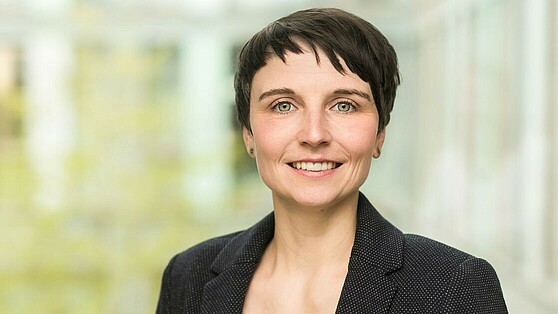

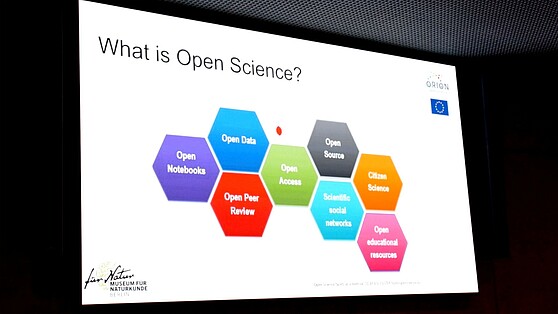
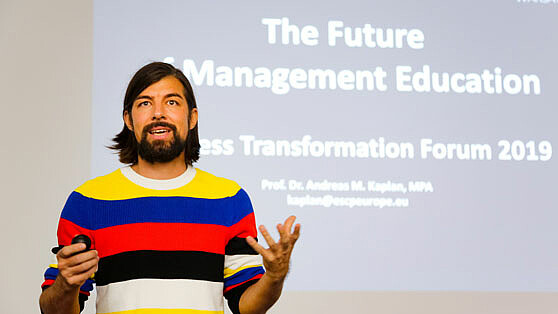
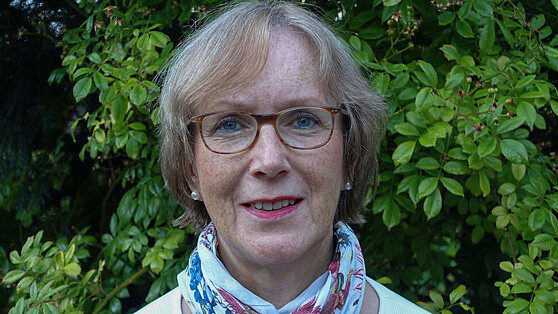
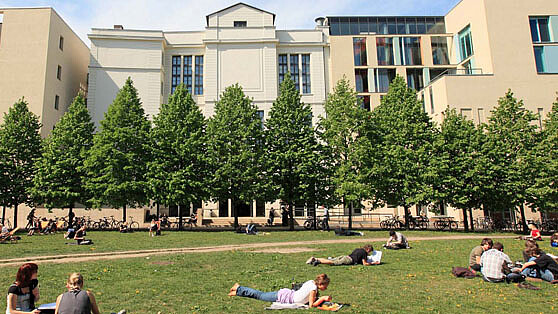
![[Translate to English:] [Translate to English:]](/fileadmin/_processed_/9/d/csm_bwasihun-vdo_558x314_c0d384ce60.jpg)
![[Translate to English:] Berlin University Alliance/Matthias Heyde [Translate to English:]](/fileadmin/_processed_/5/a/csm_Berlin_University_Alliance_Matthias_Heyde-558x314_4bc591ca3c.jpg)
![[Translate to English:] David Ausserhofer/IGB [Translate to English:]](/fileadmin/_processed_/6/f/csm_Hupfer__Michael_____R__David_Ausserhofer_588x314_6fef164e57.jpg)
![[Translate to English:] Helena Lopes / Unsplash [Translate to English:]](/fileadmin/_processed_/b/6/csm_helena-lopes-1338810-unsplash_558x314_857802ad2f.jpg)
![[Translate to English:] HZB/M. Setzpfandt [Translate to English:]](/fileadmin/_processed_/f/a/csm_LNDW_HZB_558x314_e1e3500ed5.jpg)
![[Translate to English:] Tim Landgraf [Translate to English:]](/fileadmin/_processed_/0/7/csm_Car2CarEnergySharing_Tim_Landgraf_558x314_485bf716e9.jpg)
![[Translate to English:] [Translate to English:]](/fileadmin/_processed_/b/6/csm_Open-Access_Berlin-Partner_Wu__stenhagen_558x314_dd0c6e714d.jpg)
![[Translate to English:] Thomas Rosenthal - Museum für Naturkunde Berlin [Translate to English:]](/fileadmin/_processed_/6/d/csm_Museum_fu___er_Naturkunde_Berlin_Thomas_Rosenthal_f11b8ba056.jpg)
![[Translate to English:] [Translate to English:]](/fileadmin/_processed_/f/c/csm_TU_Berlin_Cem_Avsar_558x314_4b07bcb055.jpg)